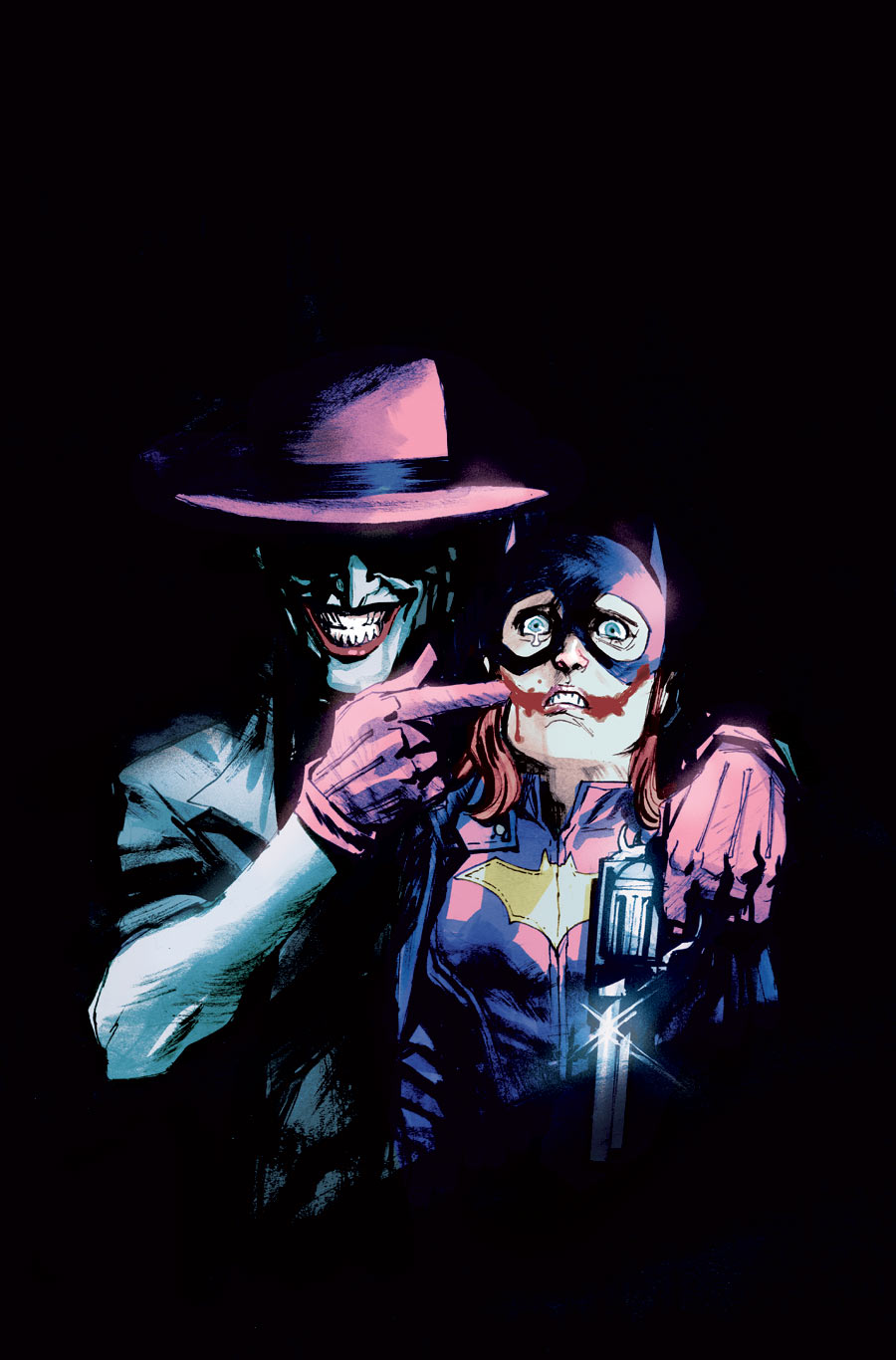
Why Star Trek Matters – Part 4: Diverse Alien Cultures
Yes, Star Trek does still matter, it has help set many of the trends we see in comic book cinematic universes while often going deeper. Check out the previous entries in this limited series of “Why Star Trek Matters” on comicbooked.com
One of the signatures of fantasy story telling – perhaps the very backbone that made Lord of the Rings one of the greatest stories in that genre, was how developed an interesting the various fictional cultures were, and how essential such cultures are in the world-building. It’s no wonder that good science fiction epics often have their own interesting cultures that it can use as the foundation of many stories. Star Trek, in particular, has many cultures that have been explored in surprising depth, and many of them have seeped into the public consciousness (the very essence of Vulcan and Klingon cultures is known by just about everyone). It’s from these cultures that Star Trek has been able to tell a lot of interesting stories.. stories that still matter today.
Here are a few:
Vulcans, Romulans and Andorians: Perhaps no culture in Star Trek – and maybe to science fiction in general – is more well known than that of the Vulcans, who cherish peace and logic. Vulcans are born with emotions but they must suppress them until that rite of passage into a new spiritual plane of sorts is reached – Kolinar – during which a Vulcan will see a priest to have his or her emotions completely expelled. May of the iconic aspects of Vulcan culture, such as their V-finger salute and their non-violent mind-meld, originated form the brilliance of Leonard Nimoy’s input as the actor who played Spock. The culture is rich and interesting, elevating many stories. Star Trek 3: The Search for Spock might not be a great movie, but it is a pretty good one, and that’s thanks to the ways that the story plunges headlong into Vulcan Culture. It’s here that James Horner’s score really helps.
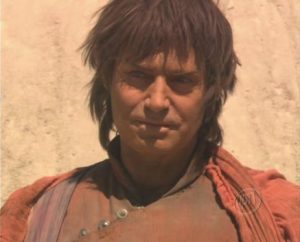
Beginning with Vulcan culture, we start to learn a lot about other cultures. From the beginning, observing Vulcans such as Spock actually taught us more about ourselves, about human culture. It’s also from Vulcan culture that we get some insight into Romulan culture. Vulcan’s and Romulans are essentially the same race, but the Romulans left their home and started a new world. Their culture is much like culture from ancient Rome – with greedy senators and a sense of respect for the state – that the creators used as inspiration.
The Vulcans, along with Humans and Andorians, were one of the founding members of the Federation, but the road to the federation was not easy. The Andorians – whose expressive antennae really accentuate their paranoid nature – were mistrustful of the Vulcans for many years, and they had every reason to be. The pre-Federation Vulcan rulers were puppets of the Romulans, and didn’t follow the true teachings of Surak, the greatest philosopher in Vulcan history.
Many people seem to not like the Enterprise television show, but it offered a pretty cool take on how all pf these cultures grew into what we’d know on the other series. Watch the Vulcan trilogy in particular (“The Forge,” Awakening” and “Ki’shara”) for a pretty good story about these cultures. The Vulcan Syran has a scene in “The Forge” where he subtly refers to the Romulans without ever using their name, and it’s such a brilliant reference that only those truly interested in the Star Trek cultures might pick up on it.
Klingons: For years, Klingons were the “bad guys”, and they were portrayed as a merciless warrior culture. “Errand of Mercy” (TOS) introduces the Klingons in grand style, but many years later, the Klingon Worf would serve on a Federation ship after The Federation and the Klingons made peace. IT was through Worf – someone who was an outsider to both his human co-workers and to his Klingon heritage – that we learn a whole lot about the rich Klingon culture: everything from their passion for storytelling, the great legends of Kahless, who founded the Klingon Empire, to their fighting style. Over the course of The Next Generation, Word himself was expelled from Klingon culture (in a powerful scene of his dis-commendation) and had to work hard and navigate the rough waters of Klingon politics to regain his status. Despite not having any honor in the eyes of his people, we know that Worf – if only through his deeds – is perhaps the most honorable of all Klingons.
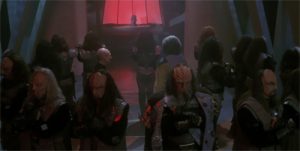
It’s fun to watch Klingon-based episodes. You’re almost guaranteed to see a few good brawls. One entertaining non-Worf epsiode is called “The House of Quark” (DS9) where in the culture of the greedy capitalists, the Ferengi, are compared and contrasted to the culture of the honor-bound yet easily-corruptible Klingons. The result is a rather hilarious episode. And if you want to see Klingons doing what they do best – fighting – there are dozens of episodes to choose form like “Way of the Warrior” (DS9)
Bajorans and Cardassians: One of the interesting aspects of Star Trek is the Prime Directive and how it works: it keeps the Federation from interfering with otbher cultures before they are ready to join the interstellar community. Yet the Cardassians, an empire with the foundation of a strong militaristic government – has no such directive. If they find a world they like and want to conquer and occupy, they will do it. That’s just part of their culture, but that doesn’t necessarily make everything about the Cadassians bad or evil. Many of the Cardassians we meet through the different series didn’t establish that ruthless culture, and some even tried to fight that tendency to conquer while others had no choice but to go along with it. Make no mistake: the Cardassians are a culture with great sense of order, one with many works of art and literature, and there is nothing more important to Cardassians then family (except maybe talking.. Cardassians love to make bold speeches!)
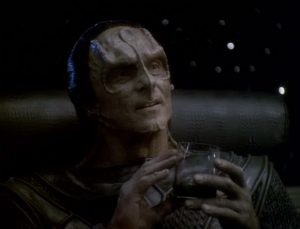
So when the Cardassians chose to control the planet Bajor -and to occupy it for fifty years – they might simply come across as bad guys. The Bajorans- a very religious race – has had to fight their way to freedom, but once the Cardassians left their world, the Bajorans lacked the unity they needed to restore their own cultural identity. When the Cardassians become weakened by a war with the Klingons, they joined the Dominion in a bid to regain their strength and respect. This backfires incredibly, and prideful Cardassians become a conquered people, much as the Bajorans were. Sometimes, there is no greater way to drive a good story home than with irony, and to see the Cardassians wind up in the very position that Bajorans started at when Deep Space Nine began was gloriously ironic indeed. It is through these two cultures, the Cardassians and the Bajorans, that make Deep Space Nine so interesting, and so worth watching
The Dominion: Don’t mess with the Dominion. The Dominion is every bit as vast as the Federation itself – the many worlds within, with their cultures and resources – all give the Dominion its strength and scope. The hierarchy of the Dominion is where things get interesting: the Karemma are a pretty insignificant species that handle much of the trade and commerce within and just outside the Dominion, and they report to the Vorta. The Vorta are skilled diplomats and aren’t very threatening in and of themselves – they often are able to acquire new planets through a lot of slick talk (they come across as the untrustworthy used car salesmen of the Star Trek universe) but they have the Jem’Hadar to back them up. It’s easy to not like the Vorta, and even easier to realize they are not to be trusted, but it’s hard to not accept whatever terms they lay out: failure to do so would incur the wrath of Jem’Hadar. These humanoid rhinoceros-like warriors are the best soldiers in Star Trek, hands down, with superior strength and vision and the ability to shroud themselves. What’s more, the Dominion grows these soldiers in vats and keeps them loyal by addicting them to a drug that is their only source of a much-needed enzyme. The Jem’Hadar, like the Vorta, are conditioned to worship the Founders of the Dominion as they were gods. Many Jem’Hadar can see right through the lies of the silver-tongued Vorta but will still follow their every command because that is the how “order” is kept in the Dominion as decreed by the Founders. Check out the episode “Rocks and Shoals” (DS9) for a great story about how the Jem’Hadar are much smarter and more sympathetic than they would at first seem.
The Founders, as it turns out, are changelings, creatures that exist in their natural form as gelatinous liquid. The fact that normal humanoid creatures of the past didn’t treat them with any respect eons ago was why the Dominion was created – to not allow for such persecution of such a “different” form of life to happen again.
The Borg: The Borg have no culture. They admonish it. They exist as a single mind, and all cultures and even technologies that they encounter are absorbed into the Borg. The Borg’s only goal is to seek perfection. This made them one of the most interesting villains not just in Star Trek but in all science fiction. It wasn’t merely the idea that the Borg would kill to get what they wanted – they often didn’t – because what they actually did was much scarier. They would keep people of various races alive, but remove any sense of imagination or individuality, and they are absorbed into the collective. The result is an implacable foe, whose ships have a stark lack of style (why would they need it?) and can literally think for themselves, as they have no need for the command structure found on Federation ships.
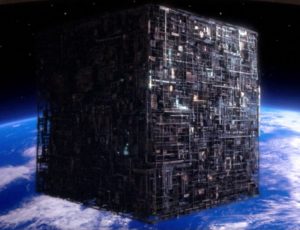
Voyager had a somewhat interesting (but flawed) episode called “Collective” where in a group of former Borg had a small community on a planet, and these individuals would often re-establish their hive-like collective to help get tasks done. The Borg, indeed, are the most efficient species in all of science fiction. They are scarey and cannot be dismissed.
The Xindi: Cultures are about trust and like-mindedness as they are about a unity of lifestyle. The Xindi race is comprised of five species – all different but with a common ancestry – who have been given great power who strain at every turn to simply trust each other. They hold council meetings that seem to smooth out such wrinkles, but even those sessions are strained exercises in formality that ultimately prove ineffective when challenged with actual morality. It was interesting to see how the various Xindi Species had to pay to for their own mistakes.
There are many other interesting cultures in Star Trek, and some of them are merely glimpsed at in one or two episodes. These cultures form the basis of many great stories in Star Trek, a franchise that still matters today, like it or not.







